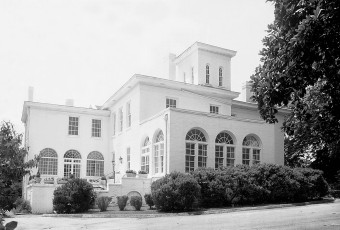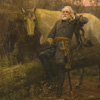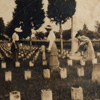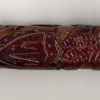
The Persistence of Memory


Bleak House (Confederate Memorial Hall), ca. 1865. Courtesy East Tennessee Historical Society.
Commemorative rituals like Decoration Day, which began as early as 1865, reflected the public’s need to honor the overwhelming number of Civil War casualties in newly constructed burying grounds. Spearheaded by women, organizations formed for the purpose of creating lasting monuments to the memory of those who fought. Sculptors, painters, and printmakers found a new market among a public nostalgic for representations of the war. Veterans began to reunite in the 1870s.
By the 1890s, Blue-Gray reunions began to serve the purpose of rebuilding a fractured society. While the men and women attending these events were deeply interested in revisiting Civil War battlegrounds, for the South there were powerful economic reasons for hosting these reunions. After almost 25 years, the need for battlefield preservation was evident, and federal funding existed for projects that gave evidence that the South was moving past the war.

Stories
Although Tennessee saw more military action during the Civil War than any state save Virginia, relatively few painters explored the subject.
The burial of fallen soldiers was often a haphazard activity while war still raged.
During the 1870s, veterans of the Civil War began to reunite, often on Decoration Day..


